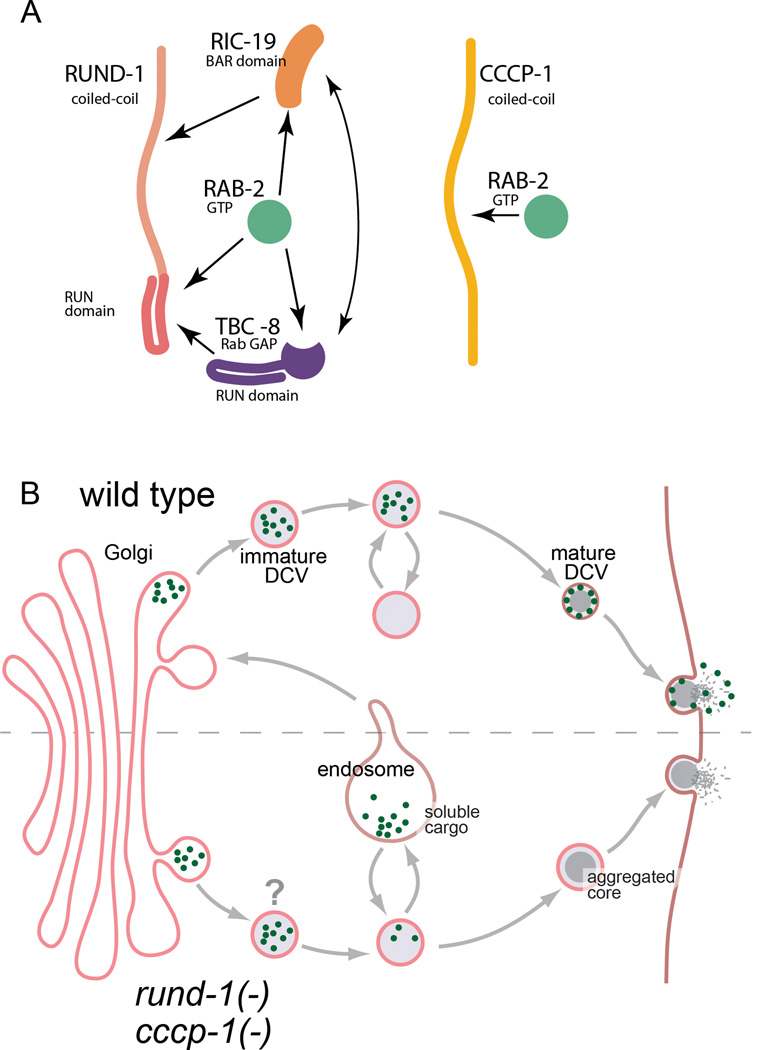Figure 7. Model for RUND-1 and CCCP-1 action in DCV maturation.
(A) RUND-1 may be in a complex with activated RAB-2, RIC-19 and TBC-8 since all of these molecules bind each other in pairwise combinations. CCCP-1 binds activated RAB-2, but does not bind RUND-1, RIC-19 or TBC-8, so it may be in a separate complex.
(B) RUND-1 and CCCP-1 localize near the trans-Golgi and are involved in regulating cargo sorting during the formation of mature DCVs. Soluble cargo (green dots) are retained in the mature vesicle and released at the plasma membrane. In the absence of rund-1 and cccp-1, immature DCVs may have an improper identity (denoted by ‘?’), causing them to lose soluble cargo to the endolysosomal system. However, insoluble cargo is not lost, including peptides that aggregate and form the characteristic dense-core seen by EM. The process of aggregation is depicted as a gradual graying and condensation of the vesicle center during the maturation process. Though axonally localized DCVs carry reduced amounts of certain cargos in rund-1 mutants, overall release is normal as assayed by coelomocyte uptake, suggesting that the “lost” cargos are still secreted, perhaps as a result of their missorting to the constitutive secretory pathway. In cccp-1 and rab-2 mutants, release of such cargos is reduced, suggesting that they may be misdirected to the lysosome and degraded.

